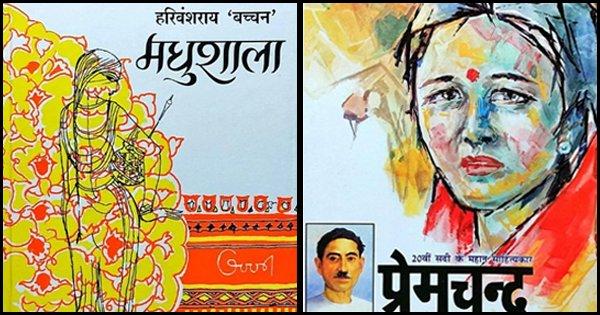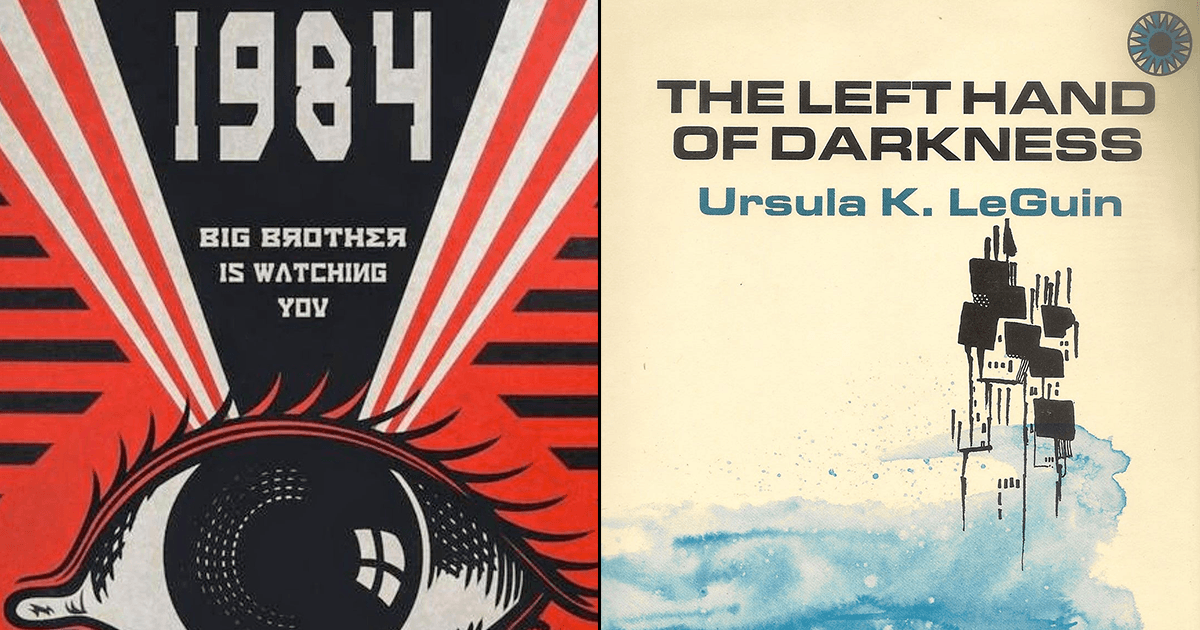The plain white cups and saucers at the Indian Coffee House are smudged with stains of coffee and the grease of history. They are chipped at the rim and bear the cracks and lines of the political and cultural landscape of independent India. And if those walls could speak we would have a veritable treasure of stories and anecdotes.
Photographer Stuart Freedman has a treasure too, as a journalist in the 90s his work brought him to India, and Freedman sought refuge in these coffee houses away from the cacophony and for the cheese toast. His documentation however began only in 2010 when the Indian media were full of stories about the Delhi Coffee House closing because of a mountain of unpaid debts. He followed them one by one to the most significant and beautiful coffee houses in the chain and spent the next 2-3 years photographing thirty of them. These images have now come together in a book titled “Palaces Of Memory”.
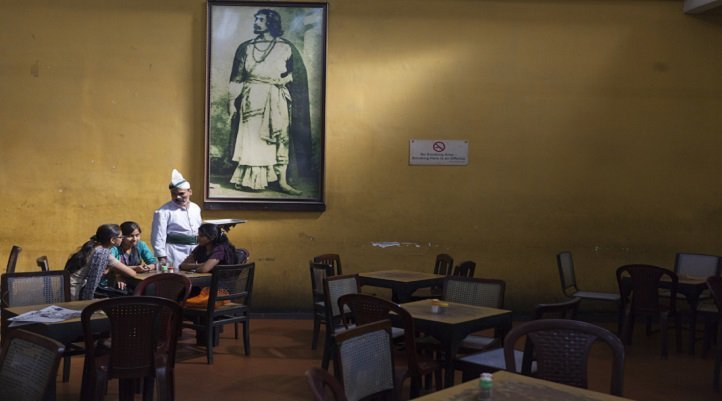
In an interview with ScoopWhoop, Stuart explains, “I became curious and did some research into these places which for me were slightly run-down by ‘familiar’ cafes and discovered a whole extraordinary story intrinsically linked to pre- and post- Independence.”
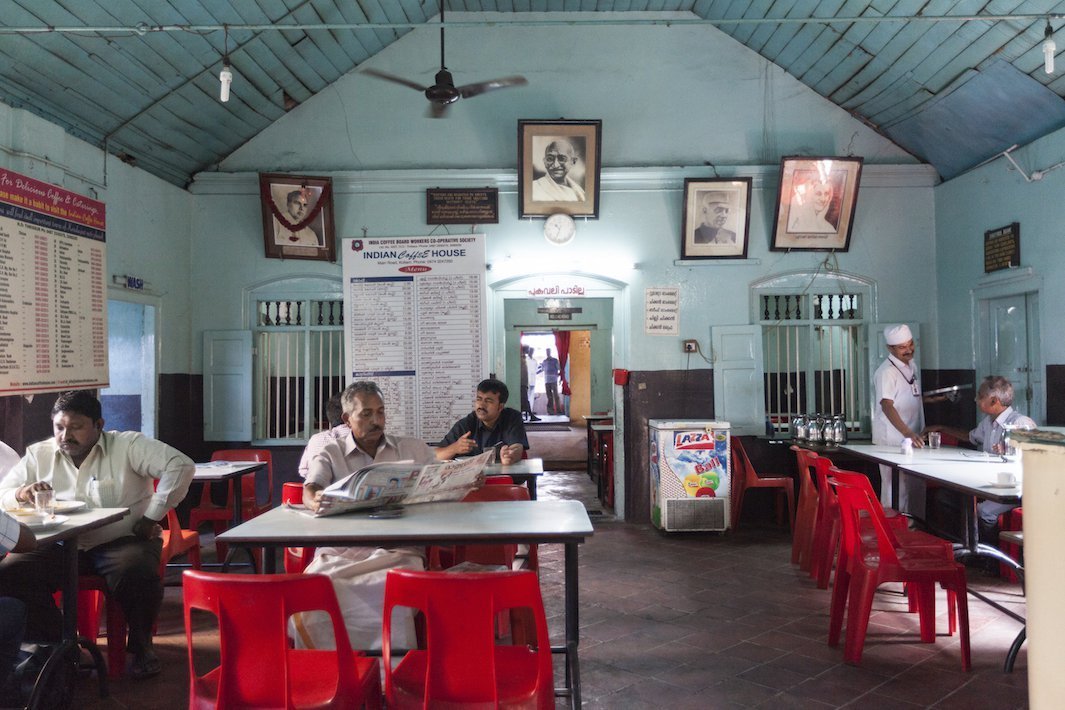
The grand title of the book draws from a classical idea that uses a physical location to retain specific memories, well deserved according to Freedman, “The branch in College Street in Kolkatta was the meeting point of many of India’s intelligentsia. Modern icons like Satyajit Ray, Amartya Sen, and the Hungryalist Generation were regulars there. The Delhi Coffee House was closed during the Emergency because it was deemed seditious: the coffee houses as well as being cheap places to eat were enormously significant.”
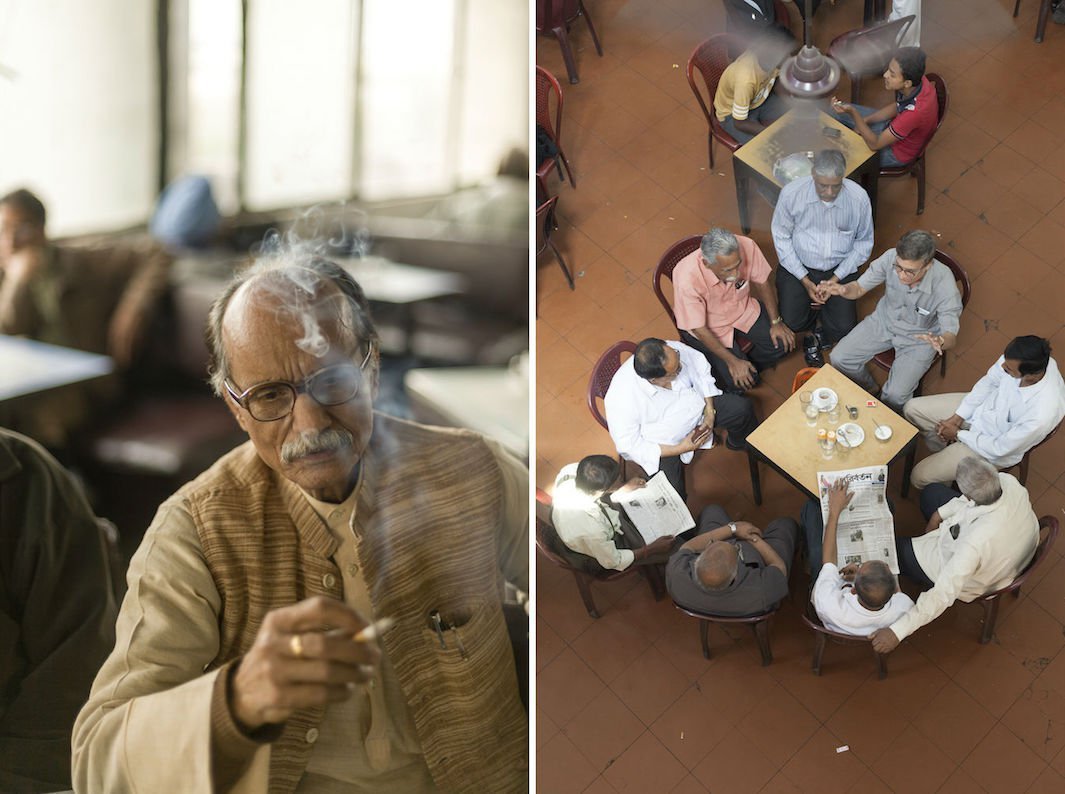
“However in a sense, all Indian Coffee Houses are addas (to use the Bengali) simple places of debate and discussion: they are a sort of cross in my mind between the Left Bank Cafes of Paris and the cheap, greasy spoon cafes of the London of my youth – themselves drenched in Post-War austerity and heirs to the Beat and Rock and Roll youth culture of the 1950s that were already fading by the time I discovered them. All of these places were inevitably full of memories… “
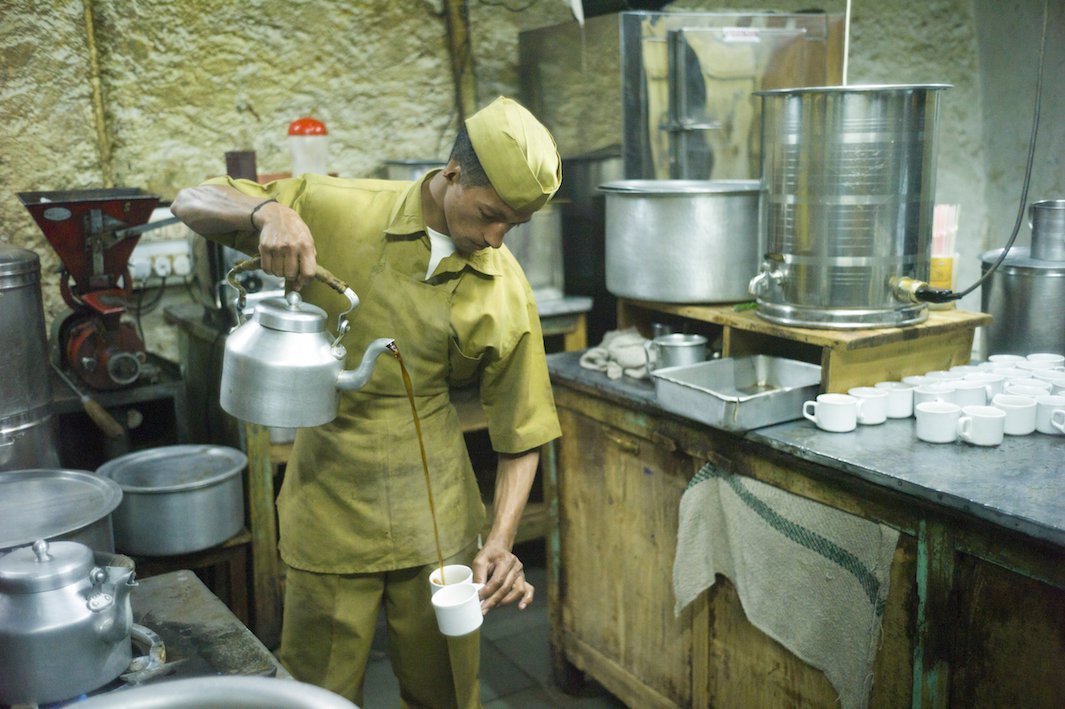
“I became a journalist in 1991 and have spent almost my entire working life abroad – mostly in Africa and Asia. By the time I got to India I had already covered the Siege of Kabul in 1994, stories in Pakistan, the war in Croatia, Haiti and conflicts in Eastern Europe, India (and Delhi in particular) was really difficult – I just couldn’t find a way to even begin to understand the place.”
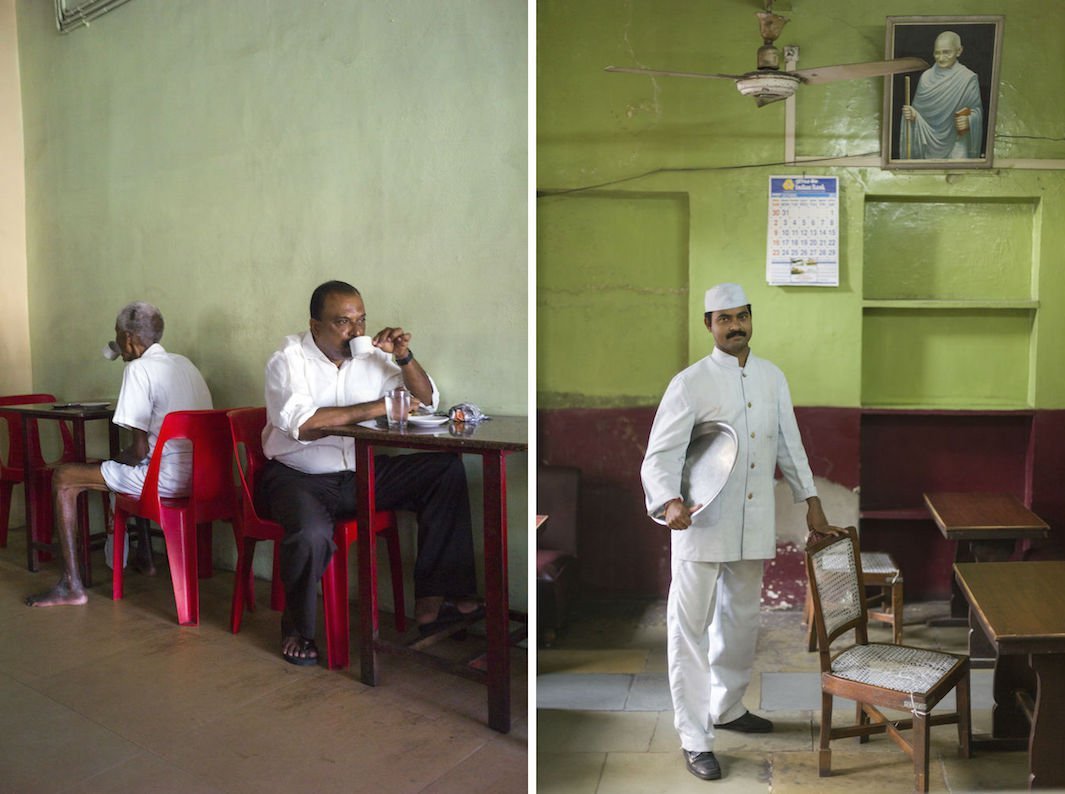
“The Indian Coffee House in Delhi – a rather run down place above a Brutalist shopping Centre in Connaught Place was a breath of fresh air – physically above the madness of the streets it was a kind of translational device: I recognised the same old men, the same chipped cups – it felt like the places I’d grown up in. It enabled me to realise that all of the rest of the world wasn’t alien and unknowable – you just had to find the right entreé. I think that was the most valuable lesson for a young journalist. When I travelled in India I sough the Indian Coffee Houses out – they were a place where you could often judge the political temperature and speak to ‘the man on the street’. Plus the food was dependable and cheap. Perfect for a journalist…”
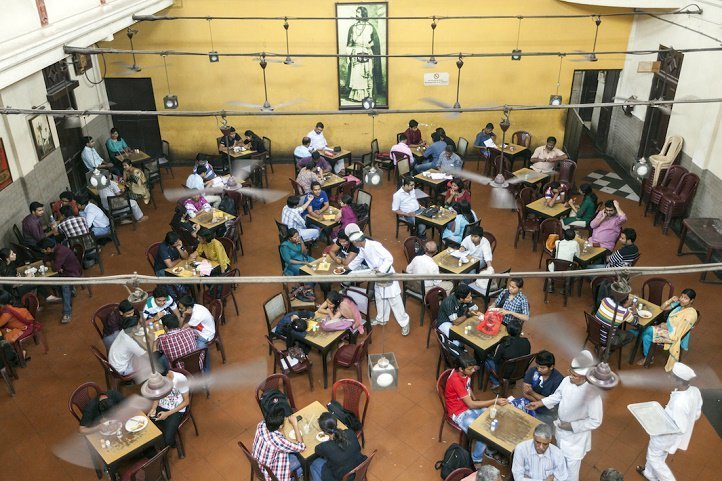
“I hope that my book is seen for what it is, an attempt to document an ‘ordinary’, everyday India that is rarely seen. Certainly, the book is a love-letter to a place that I hold dear – not least to the idea of the Indian Coffee Houses – the co-operative – but to the workers that over the years have been unfailingly kind and generous to me. In fact, the Indian Coffee Houses, in an era of great change for India have been a real and constant part of my life and that is why this book is both a celebration and a thank you.”
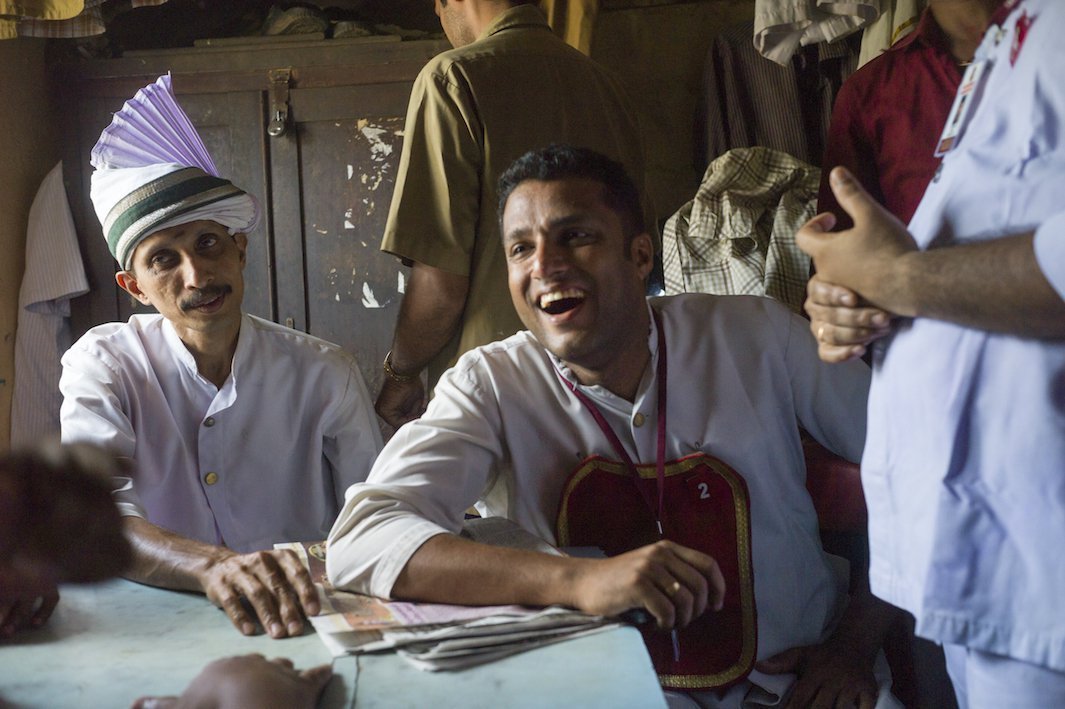
“I visited thirty of the most significant ones. My favourites are (inevitably) Delhi but I adore the one in Shimla and the one in Sector 17 in Chandigarh is a classic. One of my favourites, the one in Kollam closed last year and the book is dedicated (along with an elderly regular from the Delhi Coffee House) to it’s memory. I should also mention the Laurie Baker-designed one in Thampanoor, Thiruvananthapuram which is like a bizarre pink wedding cake. Extraordinary and fabulous.”
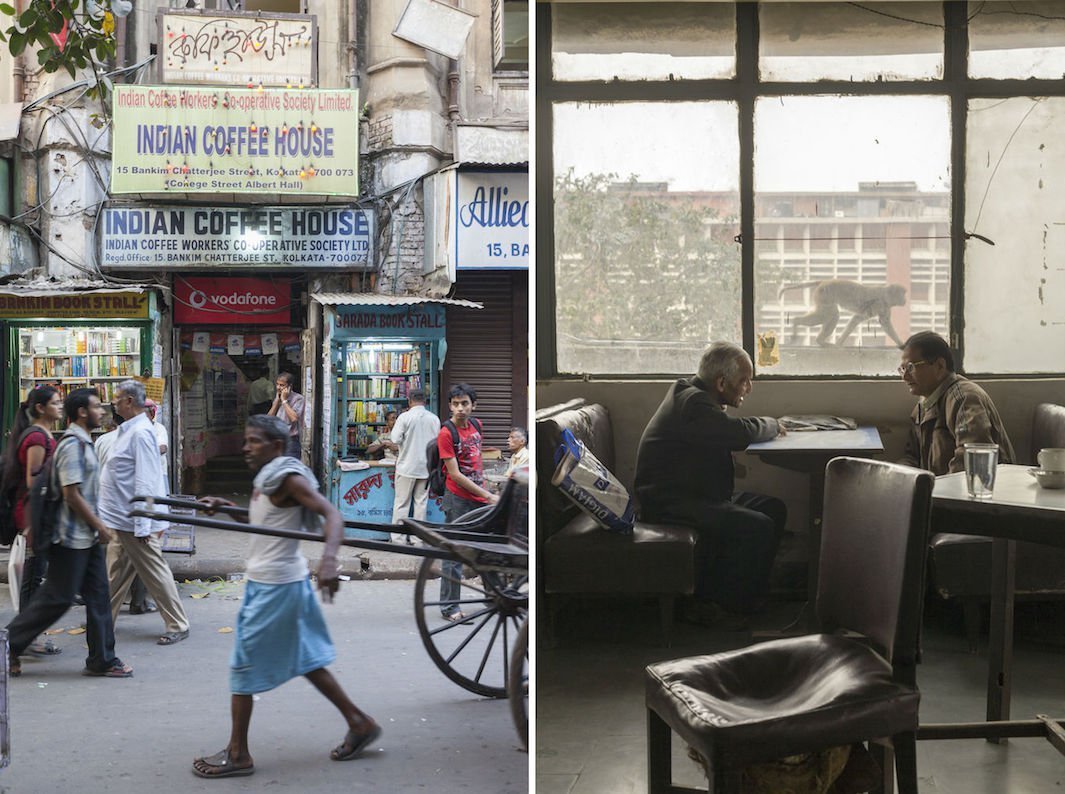
But do these coffee houses thrive on nostalgia? “Not at all. It is true I think that the coffee houses are an aide-memoire to a certain generation but what is extraordinary is that in this era of Starbucks and Western style coffee chains the Indian Coffee House – certainly in Delhi is packed full of young people and students who see the place as not only politically significant but a really interesting place to hang out. That was not always the case; when I first started to go in the 90s, it was mostly old men whiling away their afternoons but the talk of closure certainly led to a renaissance and I’m very, very pleased about that.”






